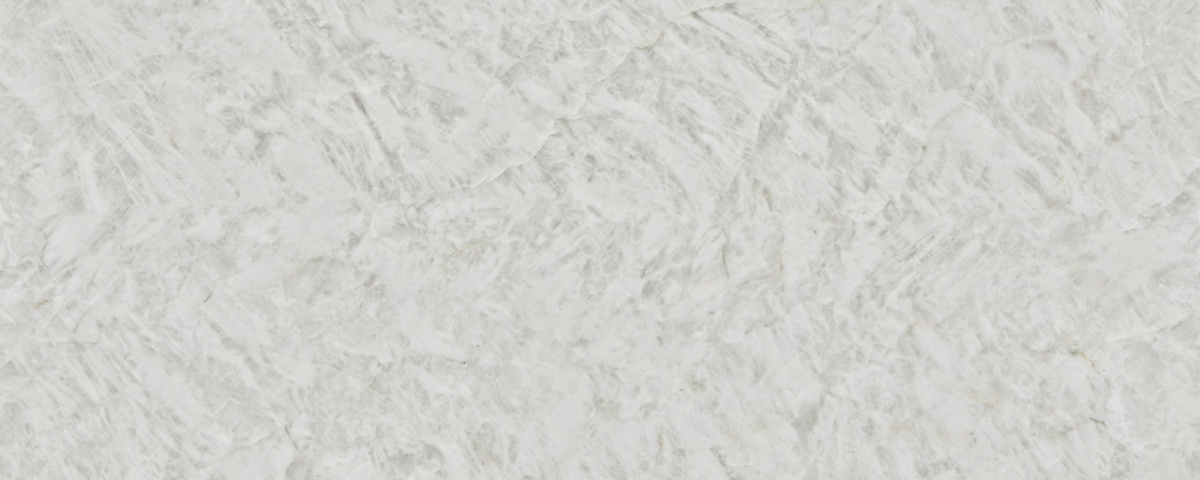
Transform Interiors with the Natural Elegance of Alaska Red Granite Flooring
August 11, 2025
How Indian Statuario Marble Can Increase Your Home’s Real Estate Value
September 3, 2025Indian marble combines centuries-old craftsmanship with modern fabrication, producing stone that balances beauty and technical performance. This hybrid model delivers predictable veining, low porosity and polish retention, while offering flexible finishes for bespoke architectural needs. We notice that Indian Marble Manufacturers in India now supply large projects worldwide by pairing direct-quarry sourcing with export-ready finishing making it easier for architects and importers to secure consistent slabs and blocks without lengthy delays. Suppliers combine artisanal inspection with automated quality checks to reduce colour variation across large batches. Buyers benefit from clear sample policies and traceable block IDs that simplify specification matching and acceptance.
Indian Marble Manufacturers in India — Quality & Variety
India’s geology yields diverse marble types prized for color, veining and durability. Key strengths include:
- Signature varieties: Makrana white, Rajsamand off-white, Ambaji greens and regional veining patterns.
- Technical traits: low water absorption, high density, and excellent polishability.
- In-house inspection labs verify water absorption and flexural properties.
- Standardized finishing presets (polish/hone/brushed) speed project approvals.
Manufacturers control the quarry-to-finish chain, performing slab grading, flatness testing and finish consistency checks to meet international specifications.
Indian Marble Manufacturers in India — Export & Commercial Strengths
Commercial advantages make Indian suppliers competitive globally:
- Direct quarry relationships lower raw-material costs and enable bulk supply.
- Flexible production: small sample runs to containerized shipments.
- Value-added services: CNC profiling, honed/polished finishes, and custom sizing.
- FOB/CIF options, consolidated shipping and customs support reduce buyer effort.
Logistics and export packaging are tailored for safe transit; transparent test reports and sample programs streamline procurement for overseas buyers. Many manufacturers also provide FOB/CIF options, consolidated shipping for multiple SKUs, and assistance with customs documentation. Competitive labour costs plus proximity to major ports and flexible MOQ policies keep landed costs attractive for international buyers.
Indian Marble Manufacturers in India — How to Choose a Supplier
When evaluating suppliers, prioritize:
- Technical documentation: porosity, density, tensile/flexural data.
- Production capability: sawing capacity, polishing lines, CNC availability.
- Export readiness: packing examples, port proximity, and lead-time transparency.
Request virtual tours, stamped sample packs and clear payment terms before placing bulk orders. Also check warranty terms for finishes and a policy for damaged slabs during transit; clear RMA processes reduce project risk.
Sustainability, Compliance and Long-Term Value
Responsible manufacturers adopt water-recycling, waste repurposing and controlled quarrying to lower environmental impact. Compliance with local regulations and traceability programs helps buyers meet sustainability criteria for hospitality, institutional and premium residential projects. These practices also reduce lifecycle maintenance costs and support stable long-term supply.




